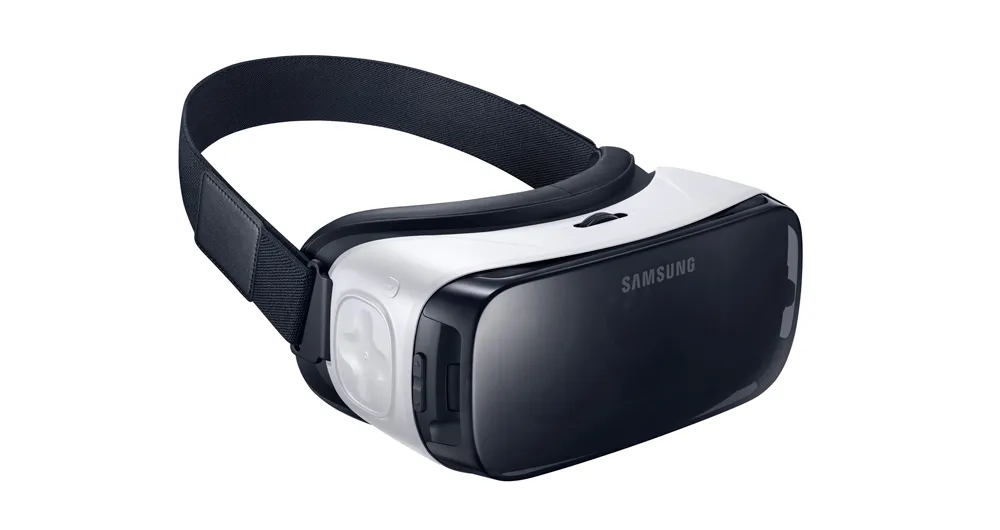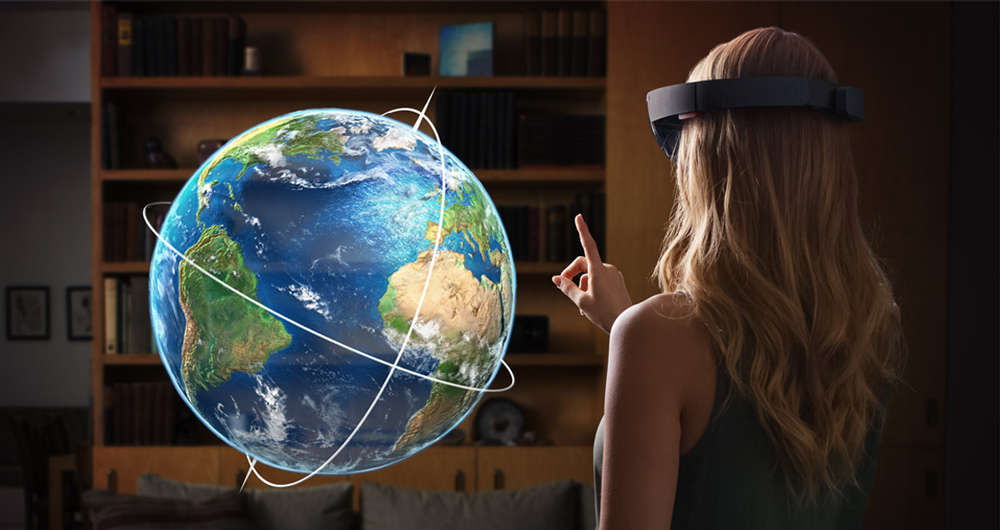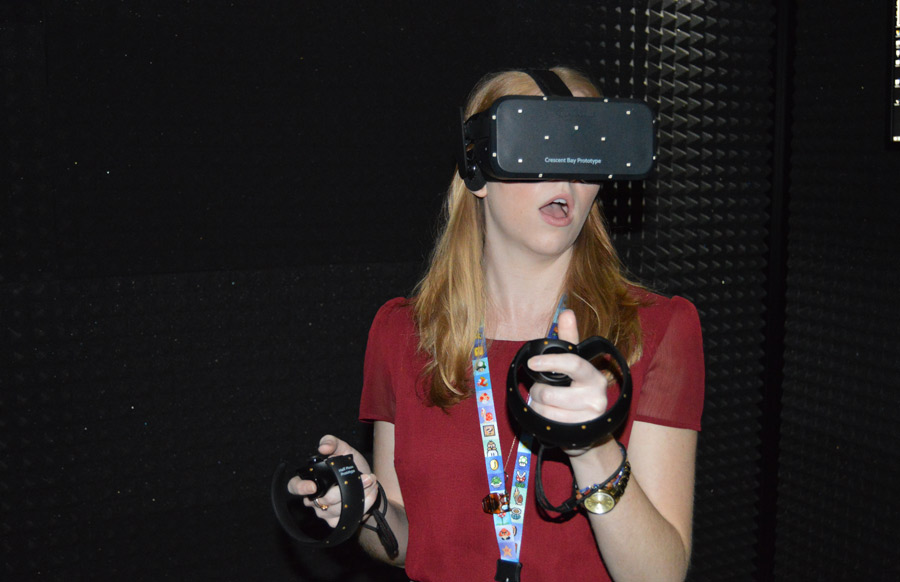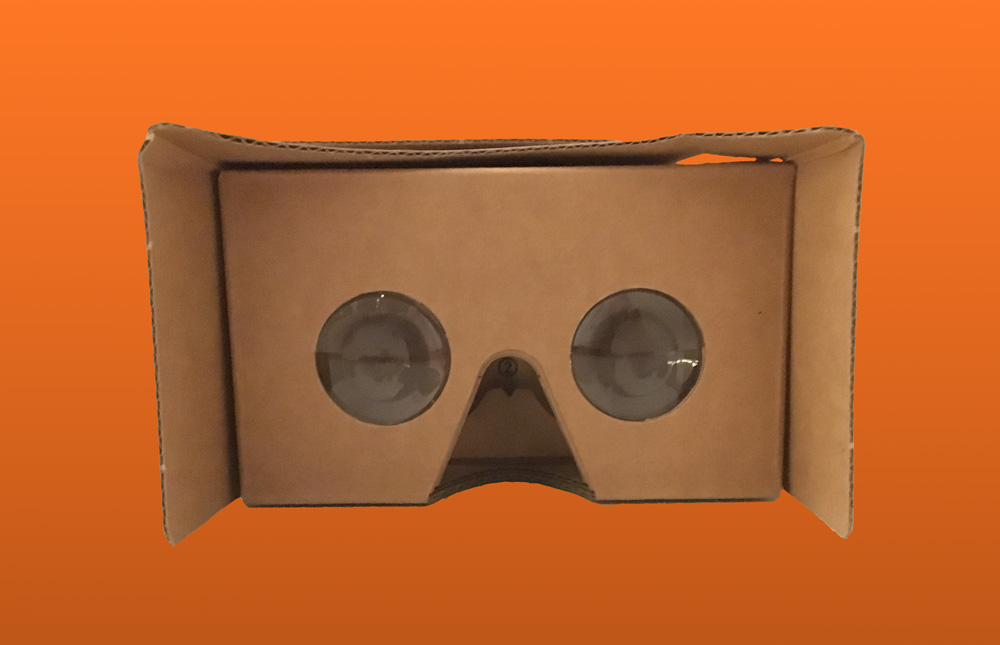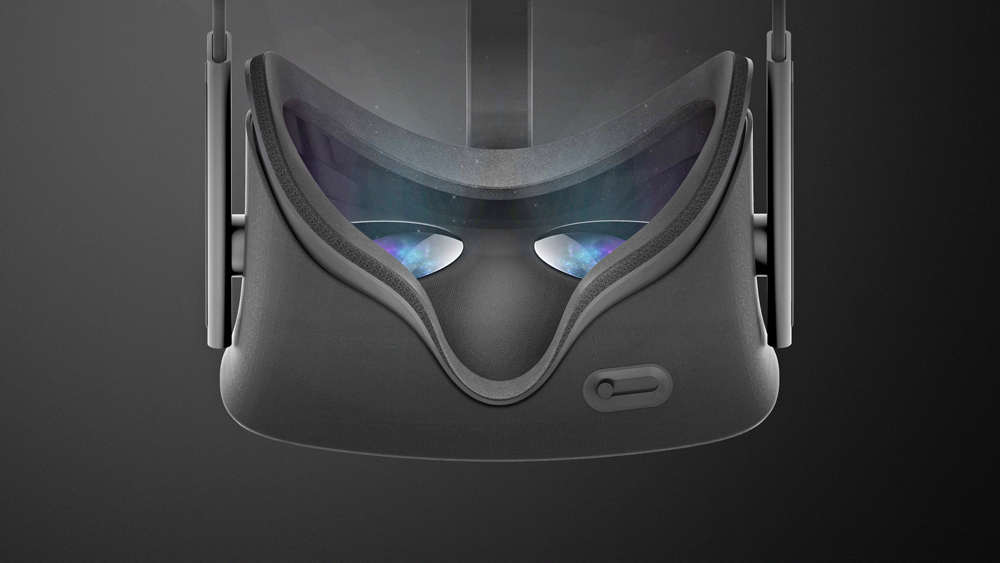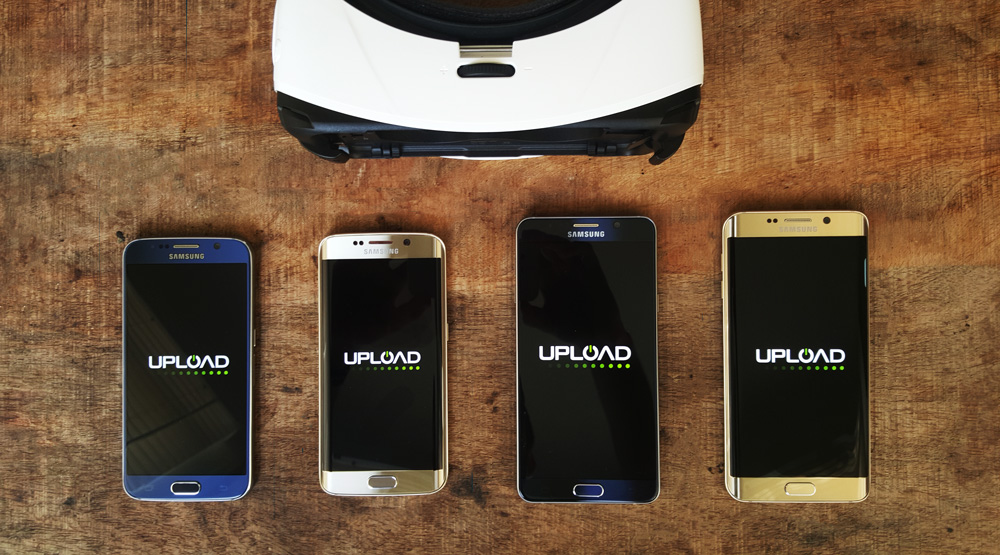As 2015 comes to a close I’ve been diving through everything that happened this year and it’s incredible the scope of advances made toward consumer acceptance of virtual and augmented reality technologies. Below is 2015 in a nutshell, organized into a top 10 list breaking down what developments and advances VR and AR made that everyone should know about.
10. Magic Leap’s tantalizing video
Some enthusiasts in the AR/VR community remain unconvinced Florida-based startup Magic Leap is anything more than smoke and mirrors. That might be the side effect of anyone being able to freely see the Rift, Vive, PlayStation VR and Google Cardboard with their own eyes, in a variety of settings, while a limited number of people are invited to sign a non-disclosure agreement in order to see this Google-backed technology. No matter if people believe it is real, Magic Leap is reportedly raising a massive new round of money and promises a mixed reality platform that would be an enormous leap forward in display technology beyond the relatively simple VR headsets of today. That is, if it can be successfully commercialized. Until we can get some answers from Magic Leap and see the technology with our own eyes, we just have to gander at this video that debuted in October “shot directly through Magic Leap technology”.
9. VR investment accelerates
Spurred by 2014’s acquisition of Oculus by Facebook for $2 billion and Google’s part in a $542 million investment round in Magic Leap in 2014, this year saw investment in VR and AR technologies accelerate, with more than $384 million invested in at least 74 VR companies.
8. Microsoft demonstrates fully mobile $3,000 HoloLens AR platform
While Microsoft is partnering with Oculus to bring Minecraft to Rift and Gear VR, as well as an Xbox One controller bundled with each Rift headset, the tech giant is also planning its own HoloLens “holographic” augmented reality platform. All the hardware required to scan a room and insert objects into the view of a person wearing HoloLens is included on the headset itself.
The developer kit costs $3,000 and starts shipping in early 2016. That’s not quite in the same price range as Rift or Gear VR, so the gadget seems more directed toward business use.
7. Volumetric capture companies debut
A pair of “volumetric” capture companies emerged this year, 8i and Uncorporeal. They aim to capture humans more easily and inexpensively so those performances can be added into a virtual environment. What sets volumetric capture apart from existing camera techniques is the ability to, inside VR, freely lean or walk around the captured performance.
Volumetric capture techniques open up a range of more immersive possibilities for VR. For example, actors could capture performances that could be combined with a VR environment to create a much more believable experience than one relying on an avatar animated by computer algorithms.
6. Tracked hand controllers become a VR standard
PlayStation Move wands, lightweight Oculus Touch controllers and SteamVR controllers differ in how they look but each is designed to be tracked using the same technology as their respective VR headsets and rumble to provide a subtle sense of haptic feedback. Together, the technologies provide the sense of having hands in a virtual world. Gripping ping pong paddles, holding a sword and sculpting or painting a masterpiece are all possible with these controllers, along with dozens or even hundreds of other possibilities.
5. Google Cardboard introduces basic VR to millions
Google’s effort to popularize VR using cardboard boxes did a lot in 2015 to spread awareness of the technology and gave countless people their first taste of VR, though whether it tasted good is debatable. Only the simplest VR software works with Google Cardboard, so it’s not surprising if some people who tried it were unimpressed. It’s also not a new idea to put a phone in a cheap cardboard holder, but Google’s support of the idea led to widespread experimentation with it in 2015.
The New York Times shipped more than one million of the phone holders to subscribers, Mattel put plastic Cardboard-compatible $30 View-Masters in toy aisles everywhere and Google started bringing it to schools to demonstrate the educational potential of VR.
4. Authoring VR becomes easier
Game engines like Unity and Unreal are the tools used to make many of the video games already played on PCs, phones and consoles. In 2015 the tools began rapidly evolving to become the engines behind VR experiences. Electronic Arts subsidiary DICE is putting together a small team that might evolve its Frostbite game engine for VR and Crytek is building a gorgeous rock-climbing VR game for Oculus using its engine. Along with the Source engine from Valve, there are at least five toolsets that form the basis of video games being used to drive future VR experiences. With each new release of these tools it becomes easier for experienced game developers, and new learners, to figure out how to make something in VR.
A-frame from Mozilla makes developing VR easier for Web developers too. Google Jump video stitching makes 360-degree videos easier for videographers. There’s even a Cardboard Camera app on Android so anyone can take a 3D photo of their surroundings, with audio, that could be viewed in VR.
This year we also saw demonstrations of Oculus Medium, Google Tilt Brush and Sony Dreams that allow people to create things while immersed in VR. Next year those tools will be in the hands of people at home. All these tools hold immense potential to evolve into important and easy to use ways for millions of people to not only experience VR, but to create it as well.
3. Rift ready for launch
As 2015 came to an end Palmer Luckey’s Rift began shipping as a finished version to developers. Early adopting consumers are likely to be able to pre-order theirs very soon. The device will come bundled with an Xbox One controller as well as at least two games, space fighter EVE: Valkyrie and platformer Lucky’s Tale. While VR was conceived decades ago and people have tried to commercialize it before, the completion of the initial Oculus platform and imminent launch of the Rift represents the culmination of years of work by the people who, starting in mid-2012, rallied to Luckey’s side to make VR a reality. The Rift’s arrival may herald the virtual era.
2. Accessible walk-around VR demonstrated
Early Oculus partner-turned-competitor Valve aims to make sure the Rift isn’t the only VR platform in town. Partnering with phone maker HTC to manufacture the headset, the two companies aim to offer technology that’s literally a step beyond what Oculus is hoping to do with its initial Rift. Valve developed a laser-based tracking system it calls Lighthouse that can pinpoint the location of various objects in a room — headset, controllers, and maybe even other accessories that have yet to be announced. Combined with a system called Chaperone designed to warn a person when they are approaching a wall, someone wearing the HTC Vive headset will theoretically only be restricted by the size of their room. And even then, enterprising developers at Cloudhead have worked out a system for Vive called Blink that will let people comfortably teleport from place to place inside a VR space.
Altogether, these systems add up to what might be the first consumer holodeck. Pre-orders for the Vive are planned for February 2016 and the device is scheduled to ship in April.
1. Advanced Mobile VR is a Consumer Hit
The most important development in VR of 2015 was the exceedingly positive reception for the consumer Gear VR. The launch was aided by the Oculus Mobile VR Jam. The competition doled out tens and hundreds of thousands of dollars each to enterprising developers who created a great experience early in 2015 for Gear VR over a very short span of time. The funding helped these developers flood the Oculus store in recent weeks with interesting and varied experiences like Bazaar, Daydream Blue and DRIFT. The apps complemented other work produced both last year and in 2015 for the Innovator Edition of the Gear VR alongside Oculus projects including Arcade and Videos — apps which gave people plenty of things to watch and play in Gear VR. Combined with the efforts of Oculus CTO John Carmack, who helped bring Netflix to the headset as well as a fledgling social app for watching videos with people from around the world, all this content made the $100 redesigned Gear VR headset a “no-brainer” purchase for anyone already owning one of Samsung’s flagship phones. Nothing could be a more important sign that VR is here, and it’s here to stay, than hardware which is selling well and meeting or exceeding consumer expectations. That’s what Gear VR did in 2015.

